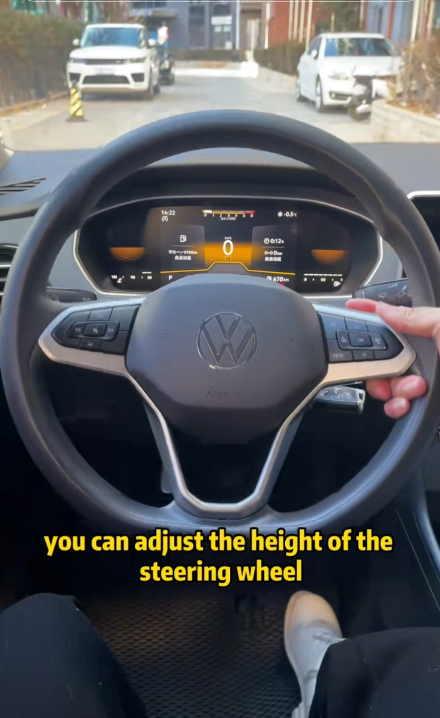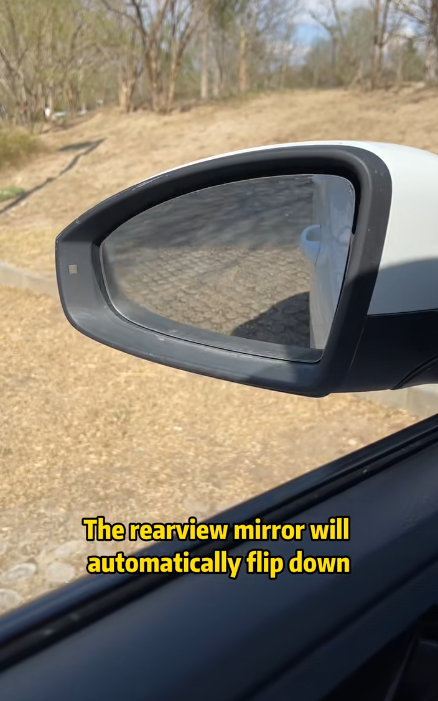
The check engine light, often represented by a small icon resembling an engine or sometimes displaying the words “Check Engine,” can cause anxiety for many car owners. It’s a warning sign from your vehicle’s onboard diagnostics system (OBD-II) that something is wrong. While it doesn’t always signal a major issue, it should never be ignored. Fortunately, understanding how to remove the check engine light properly can save you both time and money. This article will walk you through how to diagnose, fix, and reset the check engine light step by step.
What Does the Check Engine Light Mean?
Before you jump to remove the warning light, it’s essential to understand what it means. The check engine light indicates that your car’s computer has detected a problem in the powertrain—this includes the engine, transmission, and related sensors.
There are two types of alerts:
- Steady light: Typically indicates a minor issue, such as a loose gas cap or a faulty sensor.
- Flashing light: Signals a serious problem like a misfiring engine that could damage the catalytic converter. If your light is flashing, you should stop driving and seek professional help immediately.

Step 1: Check for Obvious Issues
Start with the basics. Some of the most common reasons for the check engine light to come on are simple and easy to fix:
1. Loose or Faulty Gas Cap
- A loose or damaged gas cap can cause fuel vapors to leak and trigger the light.
- Open the gas cap, retighten it until you hear a click, and drive for a few miles.
- If the cap was the problem, the light may turn off on its own within a day or two.
2. Low Fluids
- Check your oil, coolant, and transmission fluid levels. Low levels can trip sensors.
3. Dead or Weak Battery
- A low-voltage battery may affect the car’s electronic systems, including the engine control unit (ECU).
Step 2: Use an OBD-II Scanner
If simple checks don’t solve the issue, it’s time to scan the vehicle’s computer.
What is an OBD-II Scanner?
OBD-II (On-Board Diagnostics, second generation) scanners plug into a port under your dashboard, usually near the steering column. These tools read trouble codes stored in the car’s computer.
How to Use It:
- Turn off your engine.
- Plug the scanner into the OBD-II port.
- Turn the key to the “on” position (don’t start the engine).
- Read the codes and note them.
- Look up the code definitions in the scanner’s manual or online.
Common codes include:
- P0171: System Too Lean (Bank 1)
- P0300: Random/Multiple Cylinder Misfire Detected
- P0420: Catalyst System Efficiency Below Threshold

Step 3: Fix the Problem
Now that you have the trouble codes, you can pinpoint what needs fixing. Here are a few examples:
1. Replace Oxygen Sensors
These monitor exhaust gases and can wear out over time. A faulty oxygen sensor can affect fuel economy and emissions.
2. Replace Spark Plugs and Wires
Misfiring is a common issue that can trigger the check engine light. Worn spark plugs or ignition coils can cause this.
3. Clean or Replace Mass Air Flow (MAF) Sensor
This sensor measures how much air enters the engine. A dirty MAF sensor can lead to poor fuel-to-air mixture.
4. Fix Vacuum Leaks
Cracked or disconnected hoses can allow unmetered air into the engine, throwing off its performance.
5. Replace the Catalytic Converter
This is an expensive repair, but a failing catalytic converter can trigger error codes related to emissions.
Step 4: Reset the Check Engine Light
Once you’ve fixed the issue, you can remove the check engine light by clearing the code using your scanner.
Here’s How to Do It:
- Plug the OBD-II scanner back in.
- Turn the key to the “on” position.
- Select “Clear Codes” or “Erase Codes” from the scanner menu.
- Turn off the ignition, then restart the car.
In many cases, the check engine light should stay off if the issue has been resolved.

Alternative Methods to Reset the Light
If you don’t have a scanner, here are two methods that may help reset the light:
1. Disconnect the Battery
- Turn off the ignition.
- Disconnect the negative terminal of the battery.
- Wait for 10–15 minutes.
- Reconnect the terminal and start the car.
Note: This may also reset your radio presets and clock, and it only works if the underlying issue has been fixed.
2. Drive the Car
If the problem was minor (like a loose gas cap), the system may reset itself after a few cycles of turning the car on and off and driving at varying speeds.
When to Visit a Mechanic
If you’ve gone through the steps and the check engine light still persists, or if the light returns shortly after being cleared, it’s time to consult a mechanic. Persistent or recurring lights may indicate a deeper problem that requires advanced tools and diagnostics.
Additionally, if the light is blinking, you should not attempt to reset or ignore it. Drive the car to a repair shop as soon as possible or tow it if necessary.

Tips to Prevent the Check Engine Light
- Use high-quality fuel and oil.
- Get regular tune-ups and oil changes.
- Don’t ignore early signs like rough idling, poor fuel economy, or unusual engine noises.
- Replace filters (air, fuel, cabin) regularly.
- Keep your gas cap tight after every refill.
Final Thoughts
Removing the check engine light is not just about turning off an annoying dashboard signal—it’s about ensuring your vehicle runs efficiently and safely. With an OBD-II scanner and a little patience, you can diagnose and fix many common problems yourself. However, always remember that the check engine light is your car’s way of communicating that something needs attention. Treat it with respect, and your vehicle will reward you with better performance and longevity.



